Just a few years ago, a farmer in Odisha’s coastal belt might spend days visiting government offices, carrying documents to prove he had cultivated paddy on his land. Verification delays meant postponed payments, misrecorded yields, and at times, benefits diverted to middlemen. Multiply that by over 1.5 million farmers, and the scale of Odisha’s procurement challenge each Kharif season becomes clear.
That story, however, is beginning to change. Today, when that same farmer’s crop is due for verification, a field officer simply checks his tablet. The AI-powered dashboard pulls up satellite imagery and geo-tagged land records, confirming whether the land has been cultivated. If the field shows healthy vegetation, the claim is validated within moments—no visits, no disputes, no delays.
What once took weeks now takes minutes. For the farmer, it means faster payments and recognition of his effort. For the officer, it’s a system he can trust. And for both, it’s a sign that agricultural governance is finally meeting them where they are—with speed, accuracy, and fairness.
Why Traditional Oversight Falls Short
Despite growing efforts to modernize agriculture, many core processes still rely on fragmented, outdated systems. This leads to:
- Inaccurate Targeting: Without real-time, plot-level data, deserving farmers may be excluded while ineligible claims slip through.
- Delayed Procurement: Manual verification processes slow down payment cycles and strain field-level administration.
- Limited Climate Preparedness: A lack of predictive analytics leaves both farmers and officials vulnerable to weather-related disruptions.
A 2015 study by the Ministry of Food Processing Industries estimated India’s annual post-harvest losses at ₹92,651 crore—highlighting not just inefficiencies but also a growing erosion of trust in the systems meant to support those who feed the nation.
.jpg)
Odisha’s AI-led Transformation in Agriculture
To bridge these gaps, Odisha’s Food Supplies & Consumer Welfare Department adopted an AI-powered Crop Analytics platform developed by CSM Technologies during the Kharif 2021 season. By combining satellite imagery, machine learning, and integrated land records, the platform delivers real-time insights into crop health, sown area verification, and farmer authentication.
Between Kharif 2021 and Rabi 2022, the system monitored over 50,000 villages, mapped 1.5 million farmers, and flagged around 1.37 lakh acres of uncultivated land falsely claimed under MSP. It also identified over 1 lakh suspect records, helping prevent approximately ₹654 crore in potential procurement fraud.
By integrating land records (Bhulekh), satellite intelligence, and real-time analytics—and aligning with subsidy, insurance, and procurement systems—Odisha has built a transparent and scalable model of agri-governance rooted in trust, speed, and accuracy.
.jpg)
Looking Ahead: Climate-Smart, Data-Driven Farming
As climate variability continues to disrupt planting cycles, yields, and water availability, the role of AI in agriculture is evolving from oversight to foresight. CSM Technologies is enhancing its Crop Analytics platform with advanced capabilities such as:
- Multi-season crop classification
- Hyperspectral imaging to detect early signs of crop stress and nutrient deficiencies
- Localized weather forecasting modules for timely advisories
- Blockchain integration to ensure tamper-proof, end-to-end traceability
Together, these innovations are helping both farmers and administrators better plan, adapt, and respond to seasonal and climate uncertainties.
Conclusion: Toward a Transparent and Tech-Enabled Farming Future
What began as a tool for efficiency has become a bridge between farmers and governance. Odisha’s AI-powered transformation proves that when technology is rooted in empathy and purpose, it doesn’t just digitize processes—it humanizes them.
In a country where over half the population depends on agriculture, the convergence of AI, data, and governance is not just innovation—it’s imperative. Odisha’s journey shows what becomes possible when farming is not only monitored—but truly understood.






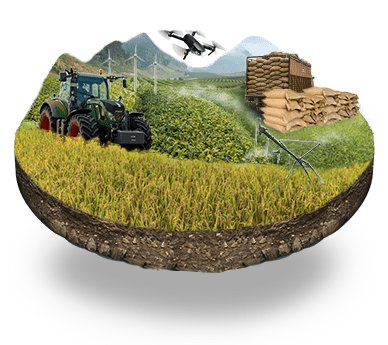




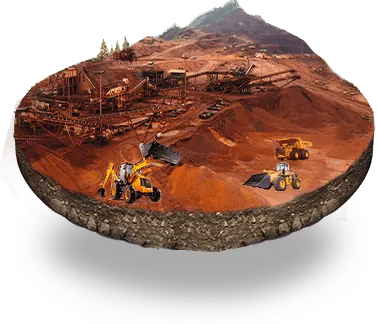




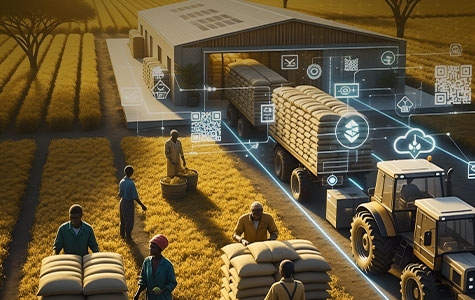









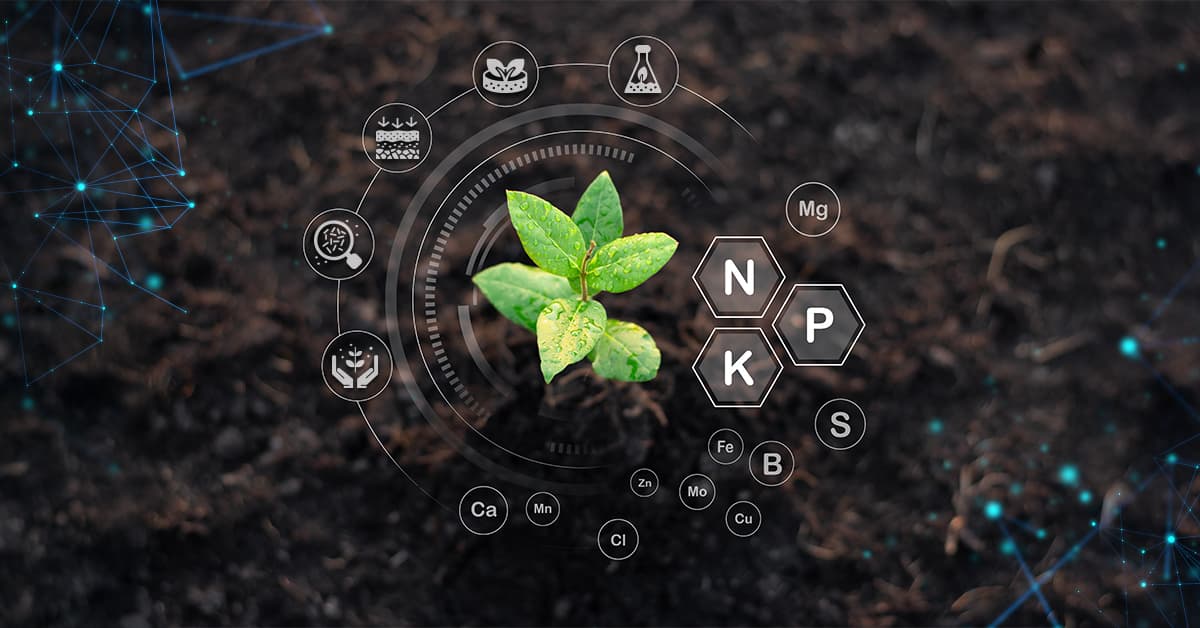

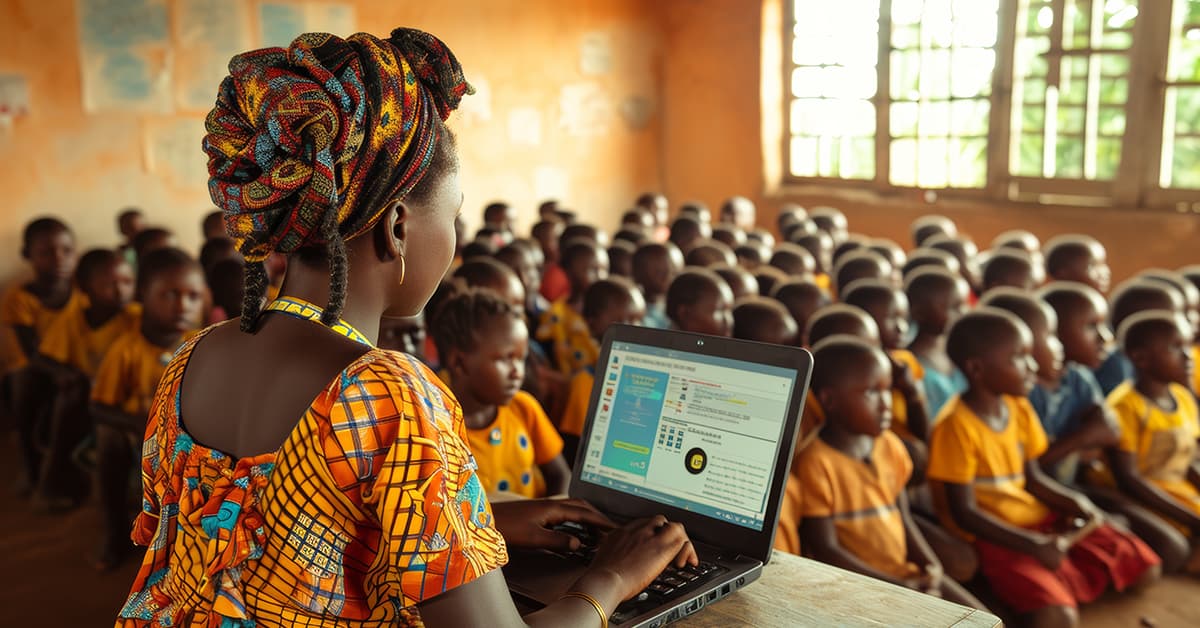


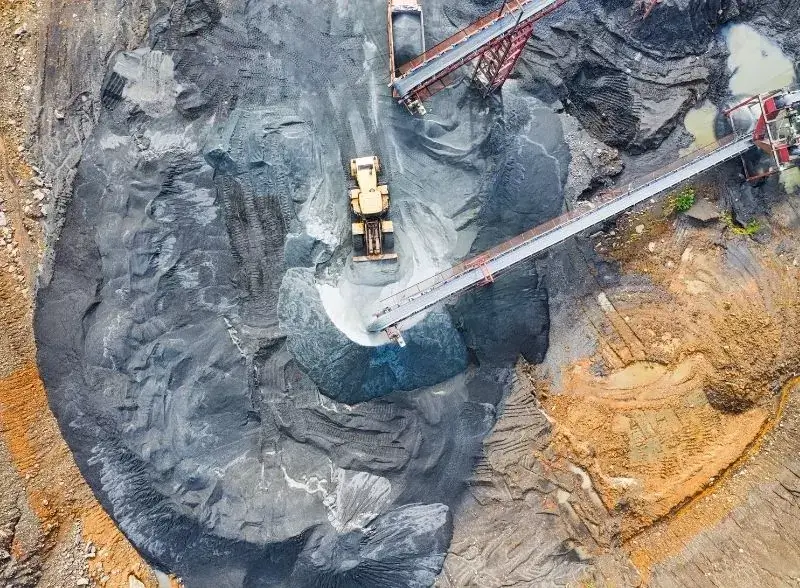









We will verify and publish your comment soon.